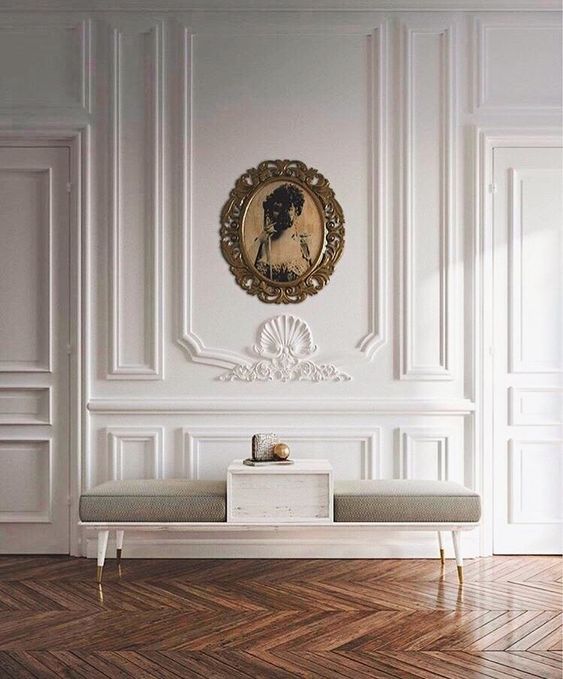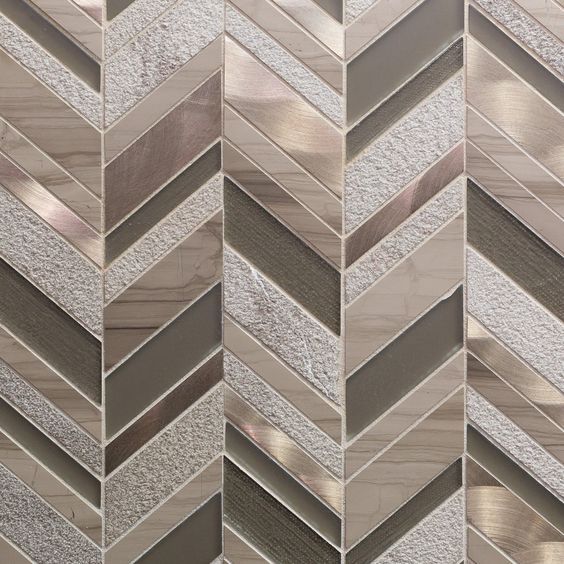In contemporary living environments, the challenge of making the most out of limited space has become increasingly prevalent. As urbanization continues to rise, many individuals find themselves residing in compact apartments or houses with restricted square footage. The significance of maximizing space is not merely a matter of convenience; it is a fundamental aspect of creating functional and aesthetically pleasing living spaces. Effective furniture arrangement plays a pivotal role in achieving this goal, as it allows individuals to optimize every inch of their homes. By strategically placing furniture and employing clever design solutions, it becomes possible to transform even the most confined spaces into comfortable and stylish areas that cater to the diverse needs of occupants. This article aims to delve into the art of space optimization through innovative furniture arrangement, offering readers practical insights into creating more spacious and harmonious living environments.
Assessing Your Space
Before embarking on the journey of transforming a living space, it is crucial to conduct a thorough assessment of the room's dimensions and layout. Understanding the physical parameters provides the foundation for effective furniture arrangement. Identifying focal points within the space, such as architectural features or existing furniture pieces, helps establish a focal hierarchy, guiding the placement of new elements. Furthermore, considering the flow of traffic within the room ensures that the arrangement not only maximizes space but also enhances practical usability. Additionally, acknowledging natural light sources and architectural features, such as windows or alcoves, allows for the creation of dynamic and visually appealing layouts that work in harmony with the inherent characteristics of the space. In essence, the initial assessment phase sets the stage for informed decisions, enabling individuals to tailor their furniture arrangements to the unique attributes of their living environments.












